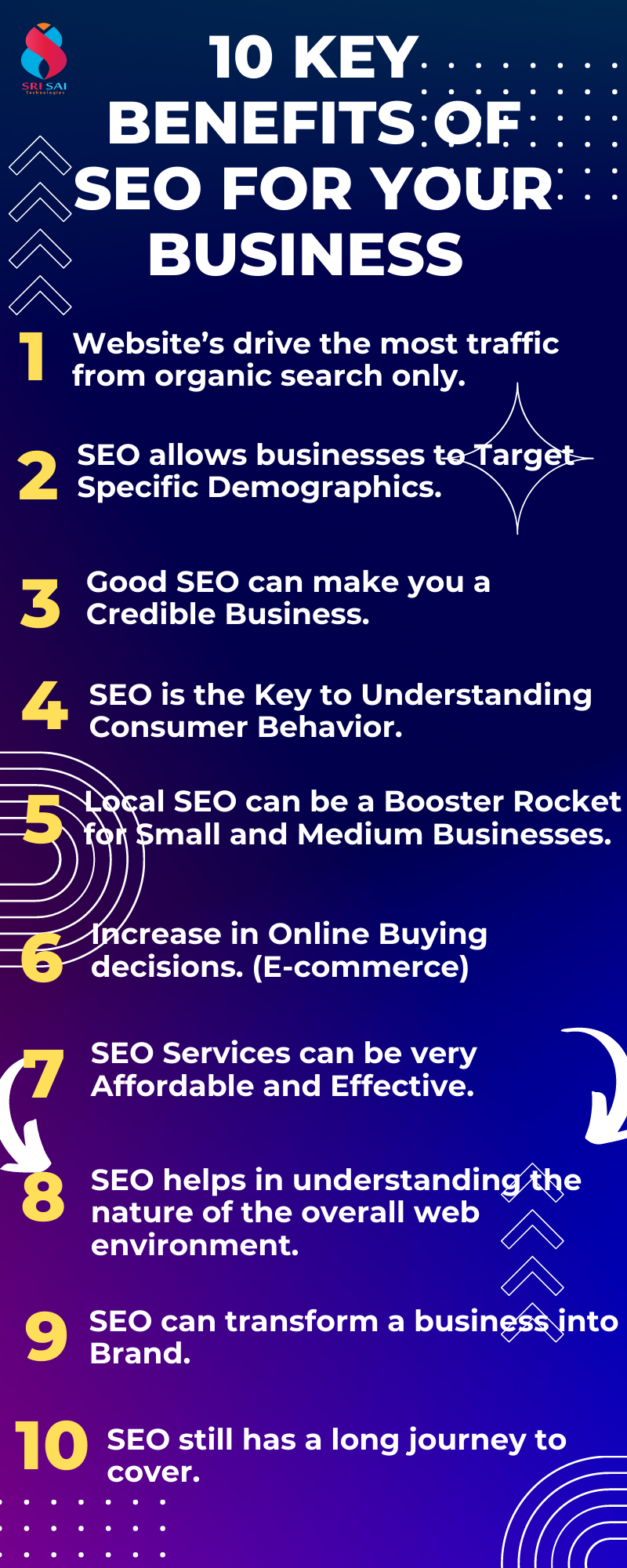Unveiling the Unconventional Mediums in Google Analytics Beyond Default Setups
In the realm of electronic analytics, Google Analytics stands as a foundation for businesses seeking to understand their on the internet presence. While default settings use important insights, the real deepness of comprehending hinge on exploring the non-traditional tools that usually go undetected. By venturing past the surface and delving into the ins and outs of social media sites information, e-mail project efficiency, recommendation traffic sources, direct web traffic patterns, and custom-made network groups, a treasure chest of information waits for those happy to embrace a much more nuanced strategy. What exists under these unusual tools might simply redefine just how services perceive and plan their on the internet efforts.

Leveraging Social Network Insights
Sometimes overlooked, yet tremendously valuable, is the technique of leveraging social networks understandings within the realm of Google Analytics. By integrating information from systems like Facebook, Twitter, Instagram, and LinkedIn right into Google Analytics, businesses can acquire a much deeper understanding of their audience and the efficiency of their social media sites projects.
Through this assimilation, marketing experts can track and examine user behavior on their website that stems from social media platforms. They can recognize which social networks channels are driving one of the most traffic, which material is resonating with the target market, and which campaigns are converting one of the most leads. This understanding permits for data-driven choices to optimize social networks techniques and improve total advertising performance.
In addition, by integrating social media understandings with Google Analytics, organizations can produce much more targeted and personalized projects - what is not considered a default medium in google analytics. They can utilize demographic information, interests, and online habits gathered from social networks to improve their target market division and provide customized messages that resonate with details client teams. This targeted method can result in greater interaction, enhanced conversions, and eventually, boosted roi
Discovering Email Project Efficiency
Uncovering Email Campaign Efficiency entails analyzing key metrics and performance indicators to assess the efficiency of email marketing efforts. When diving right into email project performance, it is crucial to analyze metrics such as open rates, click-through rates, conversion rates, and unsubscribe prices. Open rates suggest the percentage of receivers who opened the e-mail, providing insight into the effectiveness of subject lines and sender names. Click-through rates gauge the percentage of receivers who clicked on web links within the email, revealing interaction levels. Conversion prices track the percentage of recipients that completed a wanted action after clicking on a link in the e-mail, such as purchasing or signing up for a newsletter. Finally, unsubscribe rates highlight the number of recipients that pulled out of receiving additional emails, clarifying e-mail content high quality and relevance. By analyzing these metrics, online marketers can adjust their e-mail advocate better involvement and performance.
Analyzing Referral Web Traffic Sources
After examining the efficiency of email projects with essential metrics such as open prices and conversion rates, the next important step is examining reference website traffic sources in Google Analytics to understand where site visitors are coming from and how they communicate with the site. Referral traffic sources refer to the internet sites that route individuals to your site through clickable web links. By diving into this information, companies can acquire understandings into which exterior systems are driving website traffic to their website, whether it be social media sites systems, companion websites, or online directories.
It assists organizations identify high-performing referral resources that contribute significantly to internet site web traffic and conversions. Google Analytics provides in-depth records on recommendation web traffic, permitting companies to track the efficiency of each referral source properly and make data-driven decisions to improve their online existence.
Exploring Direct Web Traffic Patterns
Exploring the direct web traffic patterns in Google Analytics offers important insights into customer habits and the efficiency of projects - what is not considered a default medium in google analytics. Straight web traffic describes site visitors who come down on a site by directly inputting the link into their browser, utilizing book markings, or clicking on untagged web links. Recognizing direct web traffic patterns can aid marketing experts examine the effect of offline advertising initiatives, brand name recognition, and the performance of word-of-mouth references
By diving right into straight traffic information, businesses can uncover critical info regarding customer intent and brand loyalty. Analyzing the behavior of direct site visitors, such as the pages they check out, the time invested on website, and the conversion price, can supply a deeper understanding of individual engagement and the overall efficiency of the internet site in transforming visitors right into consumers.
Additionally, tracking straight website traffic patterns with time allows services to recognize trends, seasonality results, and the success of specific campaigns or promotions in driving direct brows through. This information can then be used to improve advertising strategies, enhance internet site content, and enhance the total individual experience to maximize conversions.
Using Personalized Channel Groupings
Making use of personalized channel groupings in Google Analytics permits check my reference businesses to classify and assess their site traffic based on details standards, giving important understandings for optimizing advertising and marketing strategies. Personalized network groups enable companies to develop their own personalized groupings of traffic sources, such as social media, organic search, email campaigns, and referral web traffic. By defining these groups, services can gain a deeper understanding of just how various advertising channels contribute to their web site web traffic and conversions.
This attribute is specifically valuable for services with diverse advertising and marketing strategies throughout various platforms. For instance, a firm read this article running both paid and organic social media sites campaigns can separate in between both to evaluate their private performance properly. Furthermore, personalized network groupings can aid recognize any kind of overlooked or undervalued traffic resources that may be driving valuable engagement.
Final Thought

By venturing beyond the surface and diving right into the complexities of social media information, e-mail campaign performance, reference web traffic resources, direct web traffic patterns, and customized network collections, a prize chest of info awaits those willing to welcome a more nuanced method. They can identify which social media networks are driving the most traffic, which web content is resonating with the target market, and which campaigns are transforming the most leads.After evaluating the performance of e-mail projects with vital metrics such as open prices and conversion prices, the next vital step is analyzing referral traffic sources in Google Analytics to understand where internet site site visitors are coming from and exactly how they connect with the website. Personalized network pop over to this web-site groups make it possible for firms to produce their own tailored collections of website traffic sources, such as social media, organic search, email campaigns, and recommendation website traffic. By leveraging social media insights, revealing email project performance, evaluating reference web traffic sources, checking out direct website traffic patterns, and using customized network groupings, marketers can gain important insights into their on the internet visibility.